Understanding Ankle Ligament Reconstruction Surgery
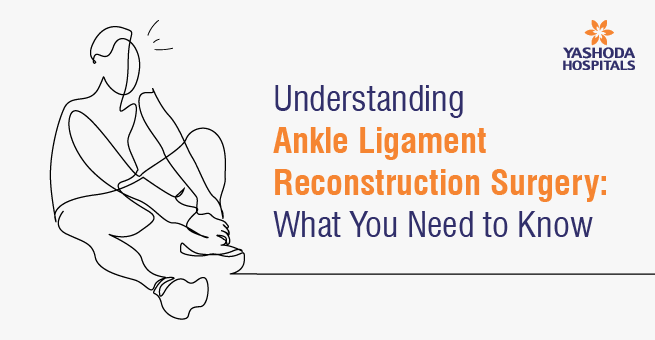
Ankle ligaments are crucial cords that link foot bones to lower leg bones, ensuring stability to prevent ankle twisting, folding, or collapse. Ankle sprains are a common injury that ranges in severity from moderate to severe, caused by these ligaments undergoing straining or tearing. These injuries usually result from abrupt, violent twisting, rolling, or turning of the ankle beyond its normal range while playing sports, walking on uneven terrain, or tripping and falling. Ankle sprains or ankle ligament injury are the typical terms for the ensuing abnormal alignment of the ankle that may cause a strain or tear in the ligament.
Sportsmen and those who sustain recurrent ankle sprains are often at risk for chronic ankle instability, which is the result of an ankle sprain that has not fully healed or was not entirely rehabilitated. This is in addition to damage to the ankle ligaments.Prolonged soreness, swelling, tenderness, and an unstable or wobbly feeling in the ankle are among the symptoms. If left untreated, it may result in chronic cartilage degradation and ankle arthritis.
The ankle comprises three primary sets of ligaments:
- The medial ligaments, also known as deltoid ligaments, originate from the medial malleolus and extend to connect with the talus, calcaneus.
- The lateral ligaments that connect the talus and calcaneus to the lateral malleolus are the navicular bones.
- The syndesmotic ligaments, which link the tibia and fibula.
These ligaments play crucial roles in providing stability to the ankle joint.
Ankle ligament tear symptoms
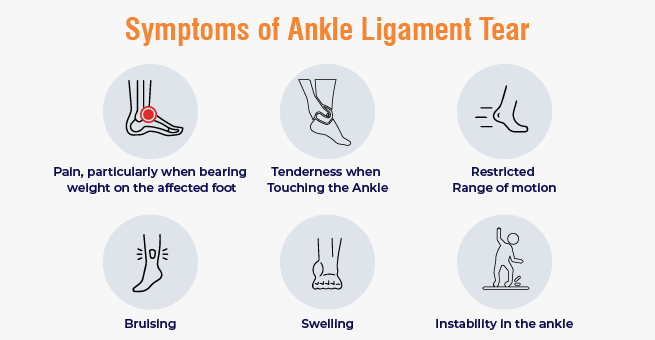
Symptoms of an ankle ligament tear include:
- Pain, particularly when bearing weight on the affected foot
- Tenderness when touching the ankle
- Swelling
- Bruising
- Restricted range of motion
- Instability in the ankle
- Popping sensation or sound at the time of injury
Ligament Injury Causes
Ligament injuries can occur due to various causes, but they often result from twisting body parts or experiencing hard or awkward landings. Usually, tears result from fully stretched ligaments that are subsequently subjected to impact or stress. Ankle sprains, for instance, are caused by a small tear in the ligaments of the ankle and can happen when someone falls awkwardly and twists their ankle when walking or running.
The knee and ankle ligaments are particularly vulnerable to tearing because they are weight-bearing ligaments that are frequently under stress. Individuals who participate in sports characterized by full contact, such as hockey and football, or those involving frequent changes of direction, like basketball and tennis, are at higher risk of experiencing ligament injuries.
Take the first step toward recovery. Schedule your Ankle Ligament Reconstruction Surgery consultation today!
Foot Ligament Injury
A foot ligament injury refers to damage or tearing of the ligaments in the foot. Injuries to foot ligaments can occur due to various reasons, including:
- Twisting or rolling the foot: This can stretch or tear the ligaments, leading to sprains.
- Impact or trauma: Direct impact to the foot, such as from a fall or collision, can injure the ligaments.
- Overuse or repetitive stress: Engaging in activities that put excessive strain on the foot, such as running or jumping, can cause ligament damage over time.
Common symptoms of a foot ligament injury include pain, swelling, bruising, instability, and difficulty bearing weight on the affected foot. Treatment typically involves rest, ice, compression, elevation (RICE), immobilization with a brace or cast, physical therapy, and in severe cases, surgery may be necessary to repair the damaged ligaments. Prompt medical attention and proper rehabilitation are essential for optimal recovery from a foot ligament injury.
How is Ankle ligament injury diagnosed?
During a physical examination, your doctor will assess your ankle, foot, and lower leg. They will palpate the skin around the injury to identify points of tenderness and assess the range of motion by moving your foot to understand which positions provoke discomfort or pain.
In cases of severe injury, your doctor may recommend one or more imaging scans to rule out a fracture or assess the extent of ligament damage:
- X-ray: This imaging technique helps with the detection of fractures by creating images of the ankle bones using a small quantity of radiation.
- Magnetic resonance imaging (MRI): An intense magnetic field and radio waves are used in magnetic resonance imaging (MRI) to provide finely detailed 3-D or cross-sectional images of soft interior structures, such as ligaments, enabling a thorough evaluation.
- CT scan: CT scans provide detailed images of the bones in the joint by combining X-rays taken from various angles to create cross-sectional or three-dimensional images.
- Ultrasound: With the use of sound waves and ultrasound imaging, a physician can evaluate the health of ligaments and tendons while the foot is in a variety of situations.
Ankle ligament injury treatment
Treatment for a sprained ankle depends on its severity, with the primary goals being pain and swelling reduction, ligament healing promotion, and ankle function restoration. Severe injuries may require referral to a specialist in musculoskeletal injuries, such as an orthopedic surgeon or a physician specializing in physical medicine and rehabilitation.
Here are some common treatment options:
- Rest: Avoid activities that exacerbate pain or discomfort. Immobilizing the ankle with a brace, splint, or crutches may be necessary to prevent further injury.
- Ice: Apply ice to the affected area for 15-20 minutes every 2-3 hours to reduce swelling and alleviate pain. Be sure to wrap the ice pack in a towel to protect the skin.
- Compression: Wrap the ankle with an elastic bandage to help reduce swelling and provide support. Be careful not to wrap too tightly, as this can impede circulation.
- Elevation: Elevate the ankle above the level of the heart whenever possible to help reduce swelling and promote drainage of excess fluid.
- Pain medication: Over-the-counter pain relievers such as ibuprofen or acetaminophen can help alleviate pain and inflammation. Follow the dosage instructions on the label and consult with a healthcare professional if needed.
- Physical therapy: Once the acute phase of the injury has passed, physical therapy exercises can help strengthen the muscles around the ankle and improve range of motion.
- Immobilization: In more severe cases, immobilization of the ankle with a cast or walking boot may be necessary to allow the ligaments to heal properly.
- Surgery: In rare cases of severe ligament injury or if conservative treatment measures are ineffective, surgery may be recommended to repair or reconstruct the damaged ligaments. For example, lateral ankle ligament reconstruction surgery, also referred to as the Brostrom procedure, is a surgical intervention aimed at strengthening and stabilizing one or more ankle ligaments located on the outside of the ankle. Typically performed as an outpatient surgery, patients can expect to return home on the same day of the procedure. This can also be done as an open procedure or a minimally invasive keyhole surgical procedure.
It’s important to follow your doctor’s recommendations for treatment and rehabilitation to ensure proper healing and prevent future injuries. If you suspect you have an ankle ligament injury, it’s best to consult with a healthcare professional for an accurate diagnosis and personalized treatment plan.
About Author –





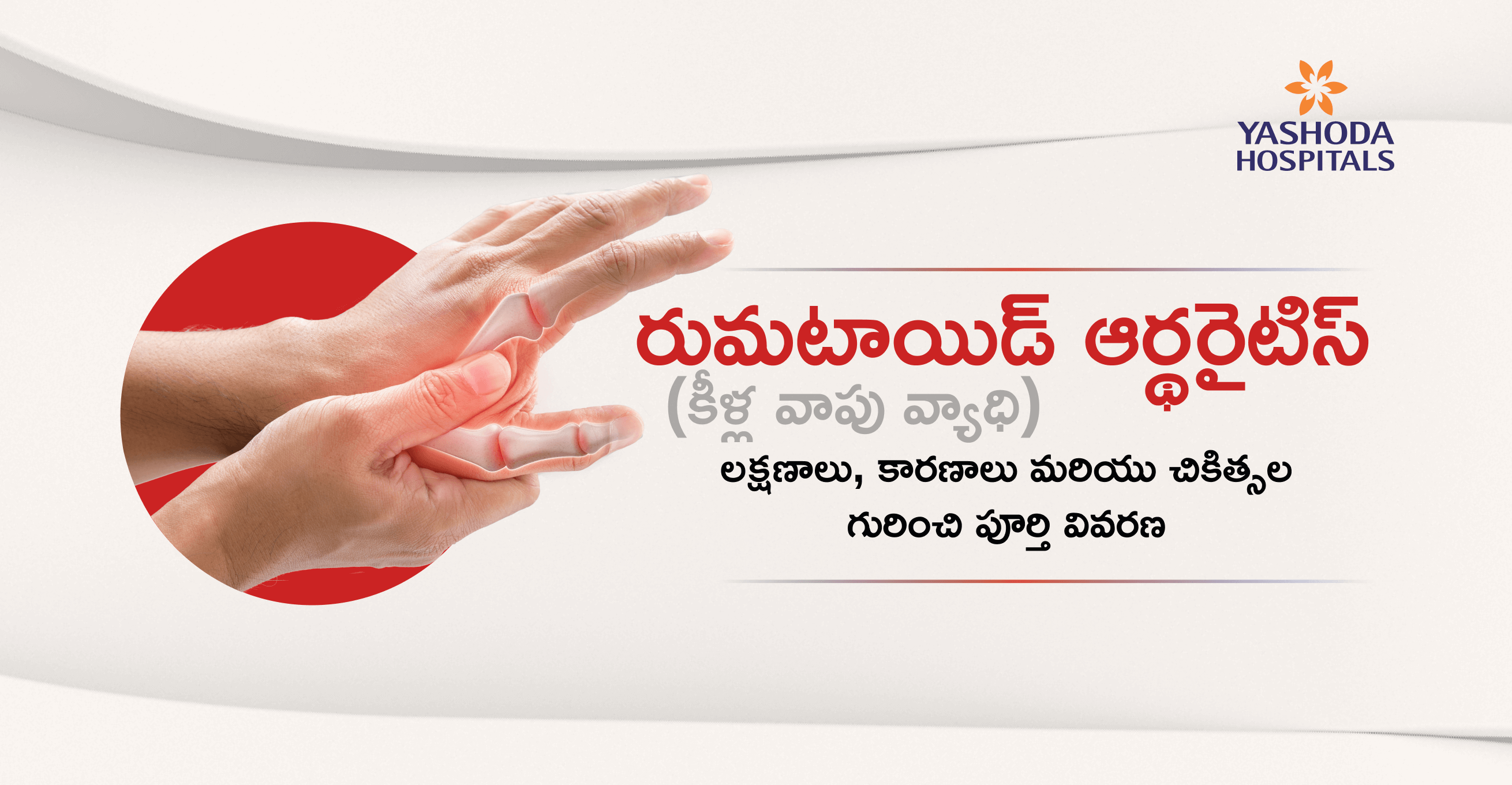


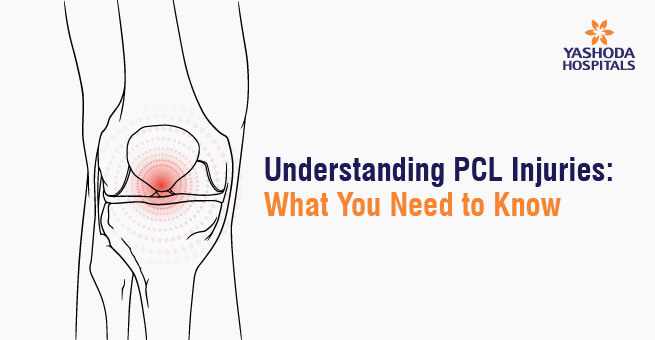
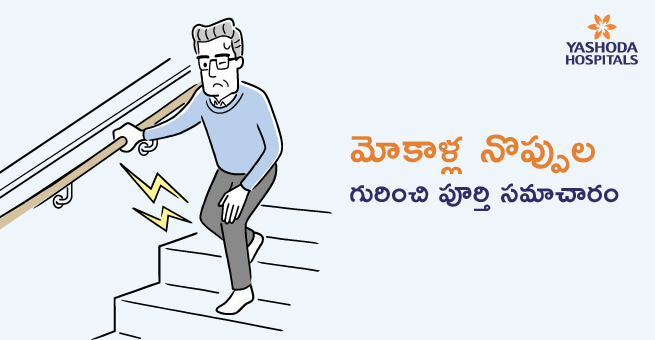
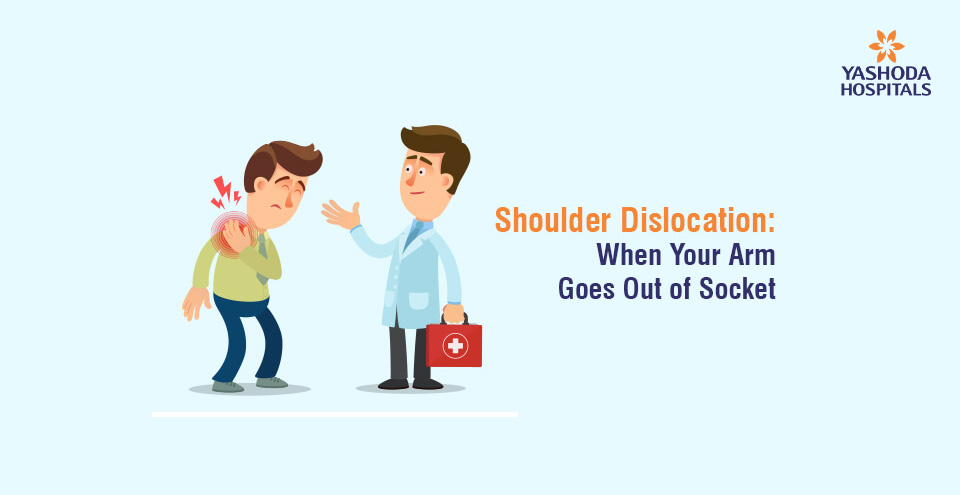
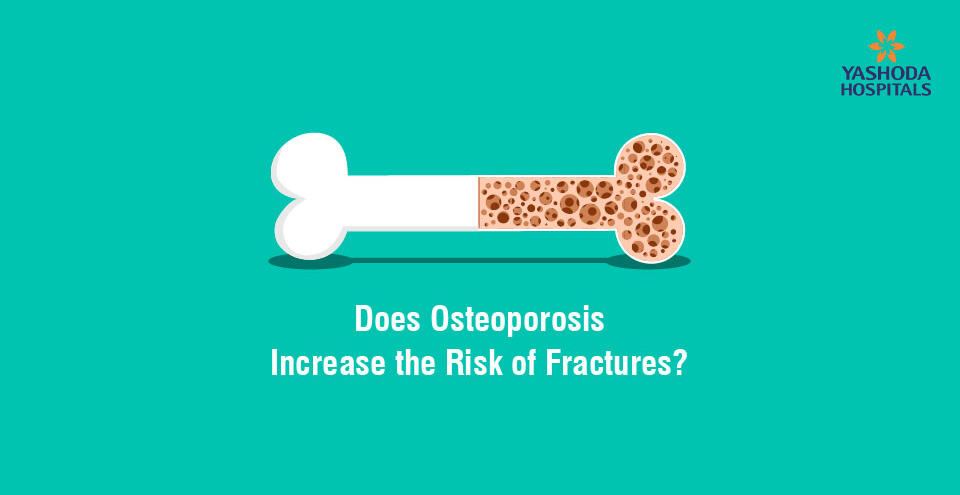






 Appointment
Appointment WhatsApp
WhatsApp Call
Call More
More

